Overcoming Barriers
Enhancing accessibility for individuals with hearing impairment involves implementing comprehensive rehabilitation strategies. It also necessitates conducting multidisciplinary research and developing indigenous technological solutions to improve outcomes..
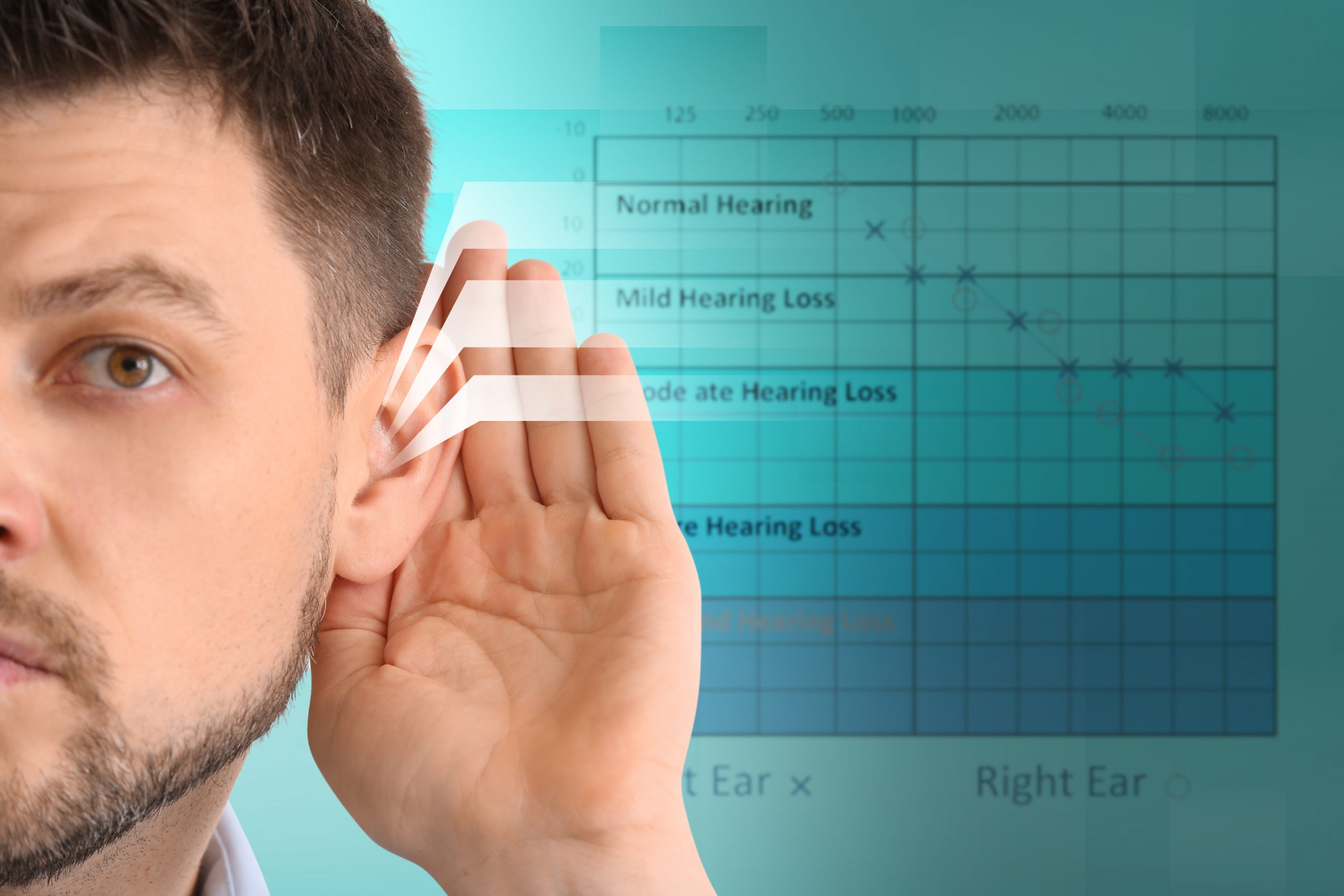
Education for children with hearing impairment in India has a history spanning just over a hundred years. Following Independence, notable advancements occurred, including the establishment of numerous new schools in the 1950s, along with the emergence of various programs leveraging new technologies in the 1960s. During this period, the All India Institute of Speech and Hearing was founded in Mysore, providing facilities for diagnosing hearing impairment in infants and young children. Presently, the country boasts over 500 schools catering to hearing-impaired children, with some administered by the government and others operated by NGOs. Many of these schools, predominantly residential, admit children aged five years and older, who typically reside in hostels throughout the school year, returning home only during summer vacations. Additionally, the provision of vocational courses and sheltered workshops enables some students to spend a significant portion of their lives within these educational institutions.
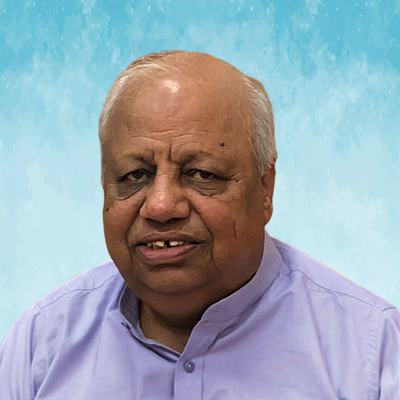 Dr A. K. Agarwal, a renowned ENT Specialist focusing on Innovation, Education & Clinical Excellence at Apollo Hospitals Group in New Delhi, emphasised the challenges of educating children with multiple disabilities, stating, “Educating children with multiple disabilities is a difficult task. In India, training programmes to train teachers to help children who are ‘deaf-blind’ has only recently begun.”
Dr A. K. Agarwal, a renowned ENT Specialist focusing on Innovation, Education & Clinical Excellence at Apollo Hospitals Group in New Delhi, emphasised the challenges of educating children with multiple disabilities, stating, “Educating children with multiple disabilities is a difficult task. In India, training programmes to train teachers to help children who are ‘deaf-blind’ has only recently begun.”
Globally, the World Health Organization (WHO) has reported that over 5% of the world’s population, totalling more than 360 million individuals, experience disabling hearing loss, according to new prevalence estimates released for International Ear Care Day.
Disabling hearing loss refers to hearing loss greater than 40 decibels (dB) in the better hearing ear in adults and a hearing loss greater than 30 dB in the better hearing ear in children. The majority of people with disabling hearing loss live in low- and middle-income countries. The prevalence of disabling hearing loss in children is greatest in South Asia, Asia Pacific, and Sub-Saharan Africa.
The overall prevalence of disabling hearing loss in children worldwide is 1.7%. A person who is not able to hear as well as someone with normal hearing – hearing thresholds of 25 dB or better in both ears – is said to have hearing loss. The prevalence of hearing loss in South Asia in the paediatric age group is 2.4%.
Dr. A. K. Agarwal added, “Prevalence of disabling hearing loss among men and women in South Asia is 9.5% and 7%, respectively, while the prevalence in South Asian children is 2.4%. Approximately 0.5-5 of every 1000 infants are born with or develop disabling hearing loss in early childhood. The prevalence of disabling hearing loss increases with age; in children, it is 1.7%, while in adults aged 15 years or more, it is around 7%, rapidly increasing to almost one in three in adults older than 65 years. In most regions, prevalence in children decreases linearly as the parents’ literacy rate increases. In adults 65 years and older, prevalence decreases exponentially as income increases.”
CONSEQUENCES OF HEARING IMPAIRMENT
According to Dr Ravi Meher, Director Professor in the Department of ENT at Maulana Azad Medical College, New Delhi, the consequences of hearing impairment depend on the ear(s) involved, the degree and type of hearing loss, and the age of onset. Distortion of sounds makes differentiation of environmental sounds, including speech, difficult. Merely increasing the volume does not improve sound clarity or quality. Recruitment, characterised by abnormal growth in loudness due to inner ear damage, makes it challenging to tolerate loud sounds. For children with hearing impairment, whether congenital or acquired before the development of speech and language, normal speech development is hindered. Unilateral hearing impairment also leads to difficulties in localising sound and reduced speech discrimination.
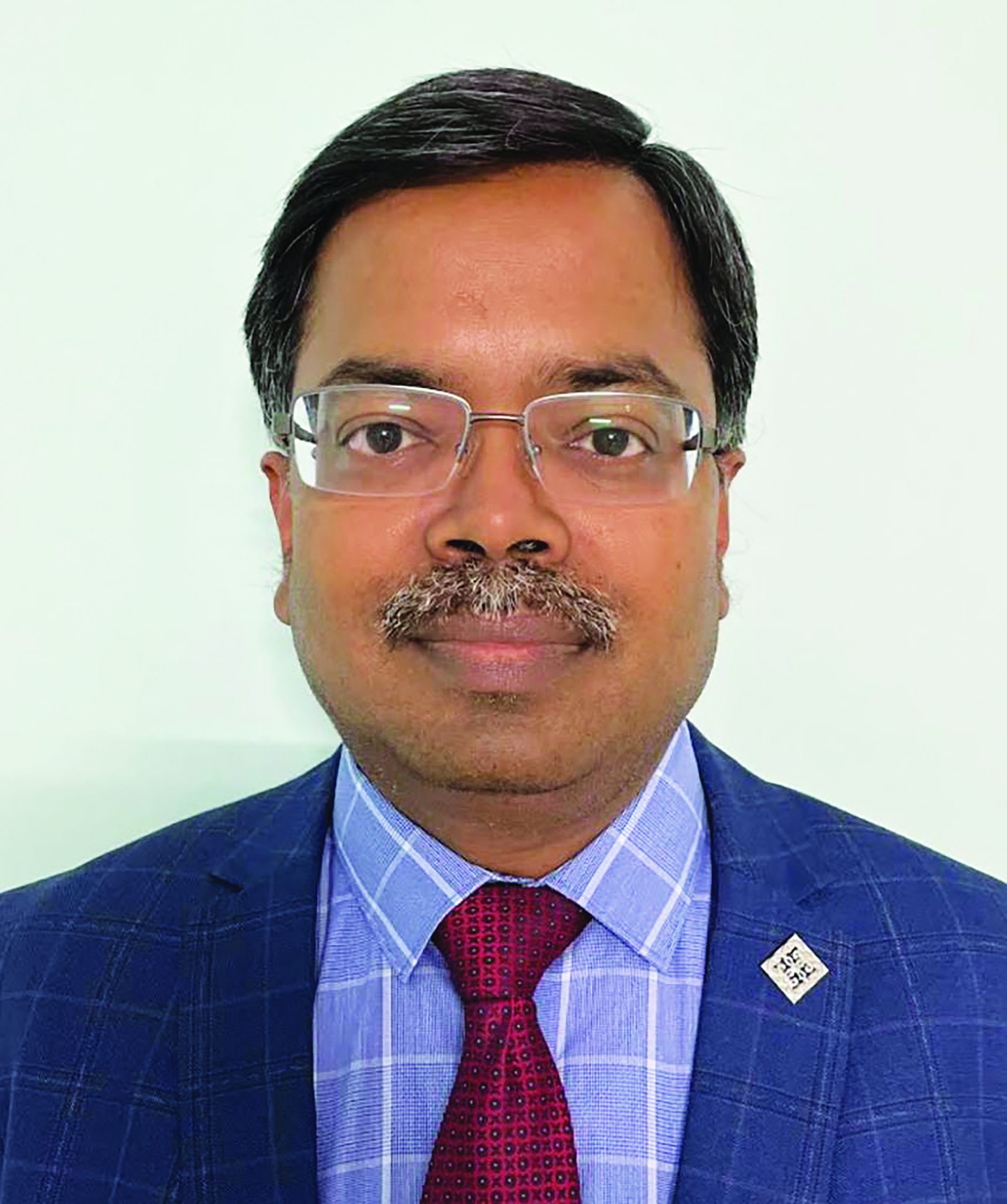 Dr Meher stated, “Consequences include an inability to interpret speech sounds, often resulting in reduced communication ability, delayed language acquisition, economic and educational disadvantages, social isolation, and stigmatisation. A child’s communication and behavioural skills are influenced by their hearing ability. Hearing loss affects social interaction, memory, comprehension, vocabulary development, emotional development, academic performance, and speech perception and production.”
Dr Meher stated, “Consequences include an inability to interpret speech sounds, often resulting in reduced communication ability, delayed language acquisition, economic and educational disadvantages, social isolation, and stigmatisation. A child’s communication and behavioural skills are influenced by their hearing ability. Hearing loss affects social interaction, memory, comprehension, vocabulary development, emotional development, academic performance, and speech perception and production.”
He added, “Children may experience self-described feelings of isolation, exclusion, embarrassment, annoyance, confusion, and helplessness. Barriers to seeking ear care services, such as social stigma related to diseases, lack of awareness, shortage of human resources, incorrect treatments by unqualified practitioners, and late identification of problems, need to be effectively managed. Therefore, it is essential to assess the current scenario of otological morbidities in Indian children and propose possible interventions to overcome these challenges.”
Fifty percent of hearing loss is preventable through public health actions. By implementing appropriate public health measures, the current burden of ear morbidities can be reduced by half. To achieve this, we must understand the strengths and weaknesses of our healthcare system.
PUBLIC HEALTH MEASURES
From time to time, both public and private sector enterprises undertake planning initiatives at both small and large scales to assist individuals with hearing impairment. However, the services available and the implementation status of actions to combat ear disorders are still in a relatively nascent stage.
In 2006, the World Health Organization (WHO) released a new set of training manuals aimed at equipping healthcare workers in developing countries with simple and cost-effective methods to reduce deafness and hearing problems through actions at the primary level of healthcare. The Primary Ear and Hearing Care Training Resource addresses the urgent need for action to prevent and manage ear diseases and hearing impairment. These manuals are designed to be useful to a wide range of individuals, from village health workers to more experienced healthcare personnel. They can also aid communities in understanding common causes of deafness and hearing impairment and ways to prevent and/or treat the conditions. Examples of simple preventive measures include vaccination against childhood diseases that can cause hearing impairment, maintaining good ear hygiene, appropriate use of medication, and avoidance of excessive noise.
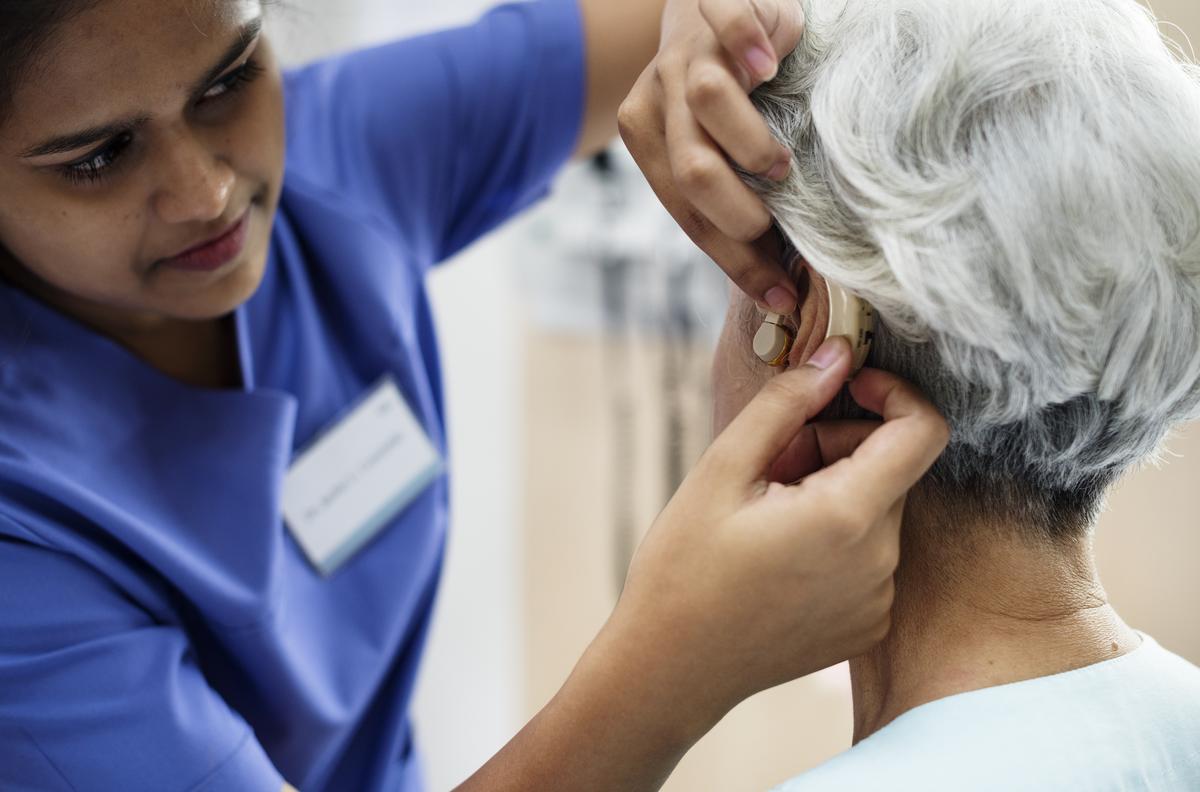
Constructive efforts are needed to advance early diagnosis and treatment of hearing disorders. Key issues in early identification that must be addressed include population/location of screening, techniques/tools for screening, availability of human resources for screening, cost considerations, challenges in screening, and interventions for those identified.
Several projects have been initiated with the aim of early diagnosis and treatment of hearing disorders. For instance, under the Project of Prevention of Deafness at the All India Institute of Speech and Hearing, Mysore, funded by the Ministry of Health and Family Welfare, Government of India, Yathiraj et al. (2002) reported screening of 28,750 infants over a five-year period.
In 2006, the Ministry of Health and Family Welfare, Government of India, launched the pilot phase of the National Programme in Prevention and Control of Deafness. One of its objectives is early identification, diagnosis, and treatment of hearing loss. The services/facilities available for early intervention in the country encompass medical intervention, aids, appliances, and cochlear implants, as well as auditory and speech-language training.
Educating children with multiple disabilities, particularly those who are deaf-blind, poses significant challenges. Training programs for teachers to assist such children in India have only recently commenced.
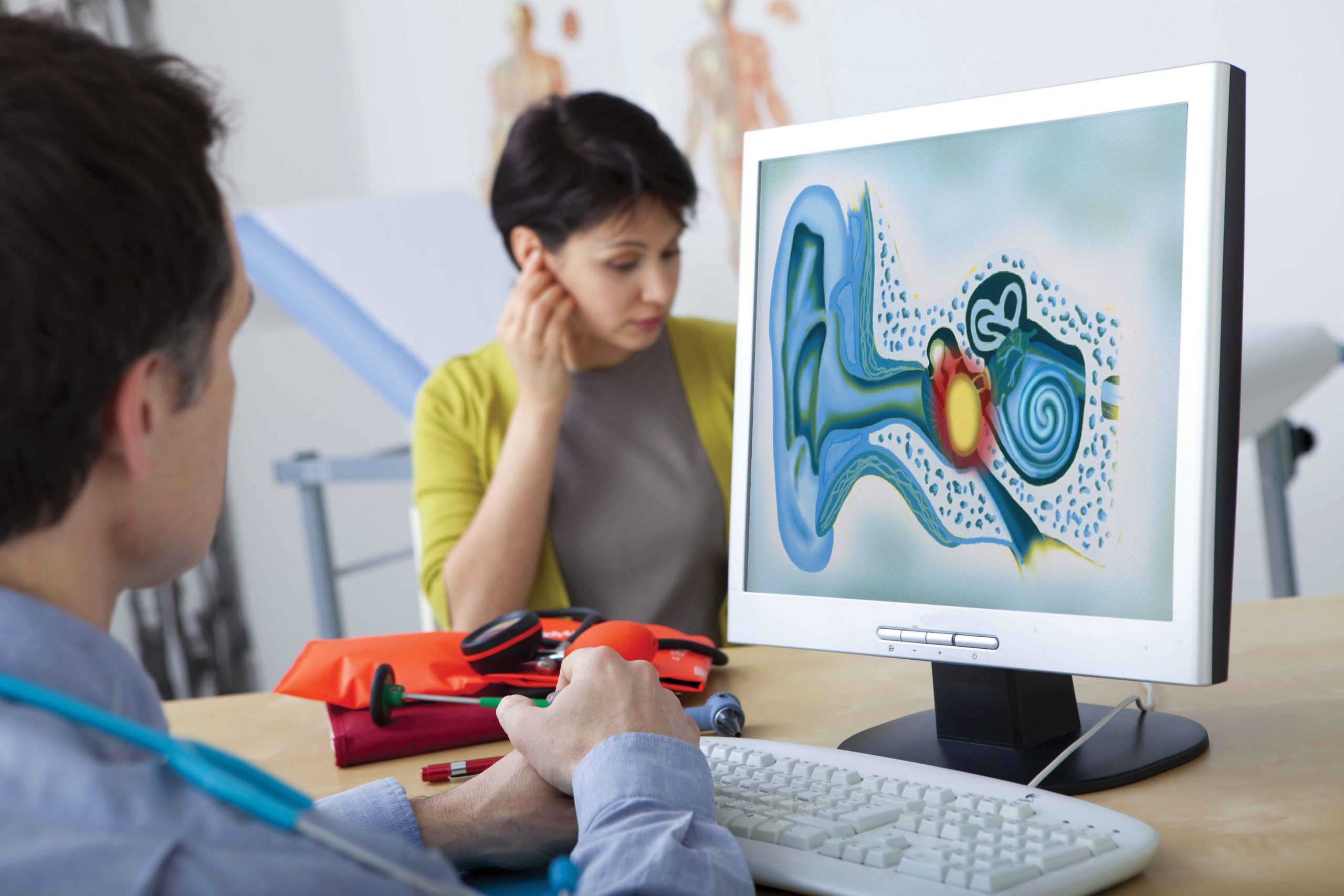
REHABILITATION
Rehabilitation plays a crucial role in enabling individuals with hearing impairment to lead fulfilling lives. Early acceptance by parents/family members and adherence to a well-planned rehabilitation program under professional supervision enhance the prospects for the child and family to lead a more normal life. Various parental attitudes towards disability, such as acceptance, rejection, indifference, and overprotection, impact the rehabilitation process. Overprotection can hinder the child’s development, denying them opportunities to reach their full potential.
Rehabilitation efforts for persons with disabilities have gained momentum in India in recent years, with several states and the Union Government launching programs for their benefit. Community-based rehabilitation and integrated child development schemes are two major focus areas in this endeavour.
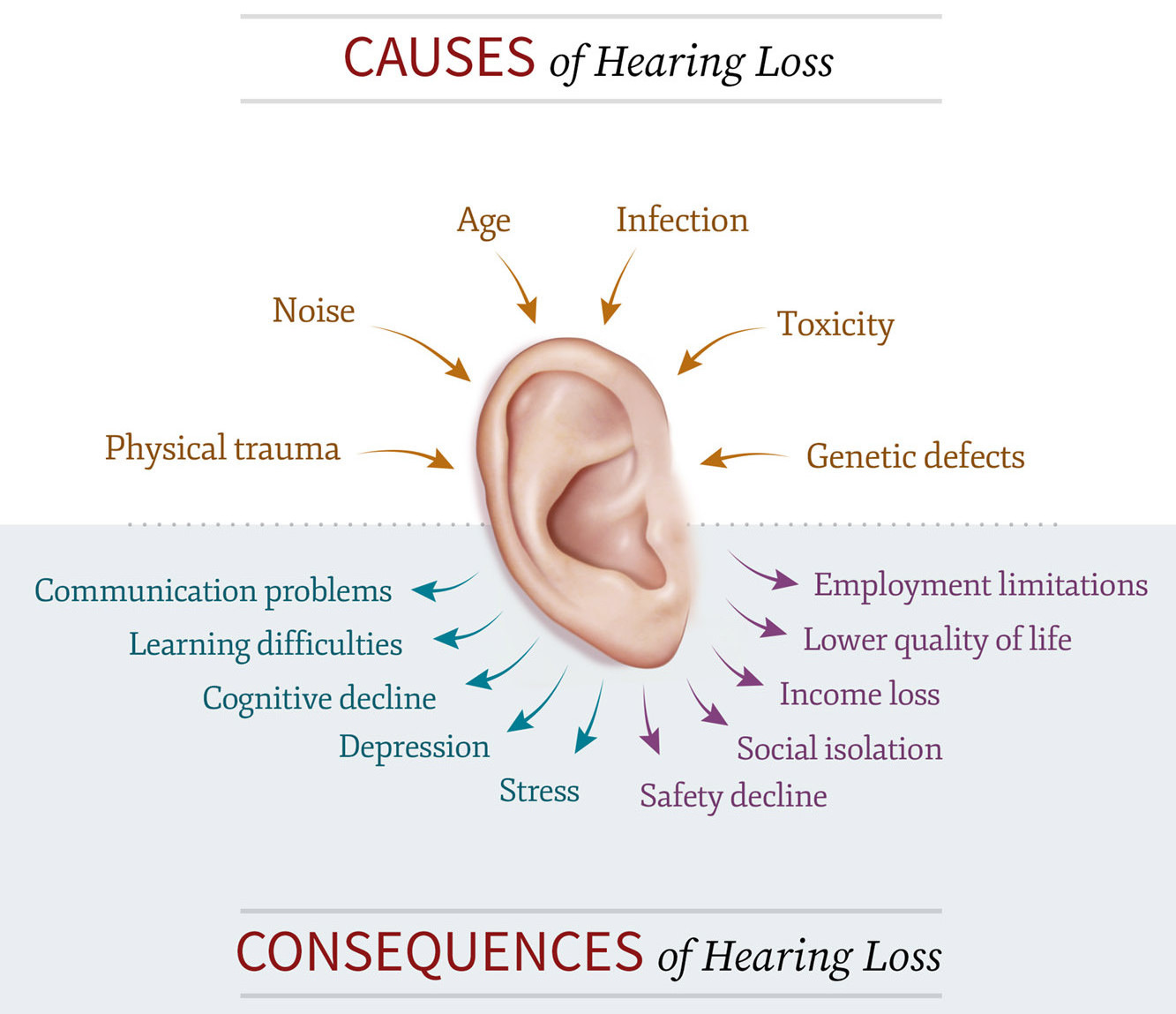
Given the multifaceted nature of hearing impairment, research and development activities must encompass in-depth studies across various disciplines. Technological advancements, including digital programmable hearing aids, cochlear implant surgery, and rehabilitation technology, have made significant strides. Exploring indigenous technology and techniques is crucial to ensuring that the benefits of technological advances are accessible to all, particularly economically disadvantaged individuals with disabilities, for both identification/diagnosis and habilitation/rehabilitation needs.

